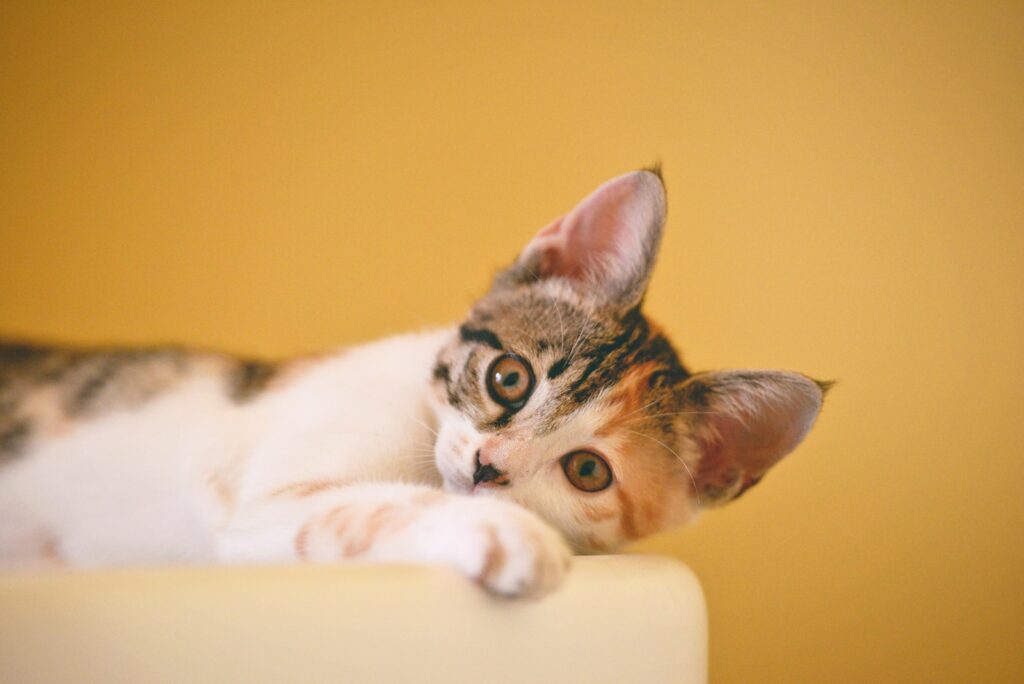Can Cats Eat Pasta? — Yes, They can
Pasta is a popular staple food in many households, and it’s natural to wonder if our feline friends can partake in this culinary delight too. The answer is yes, cats can eat pasta, but there are a few important considerations to keep in mind.
Can Kittens Eat Pasta?
Kittens, like adult cats, can safely eat pasta in moderation. However, it’s crucial to remember that their primary source of nutrition should come from a balanced kitten-specific diet to ensure their growth and development.
Things to consider when feeding pasta to kittens?
When feeding pasta to kittens, it’s essential to cook it thoroughly until it’s soft and easy to chew. Cutting the pasta into small pieces is advisable to prevent any choking hazards. Additionally, pasta should not replace their regular kitten food, but rather be offered as an occasional treat.
Nutritional Benefits of Pasta for Cats — Why Pasta is Good for Cats?
Promotes Digestive Health
Pasta made from whole grains contains dietary fiber, which aids in maintaining a healthy digestive system for cats. It can help prevent constipation and support regular bowel movements.
Source of Energy
Pasta provides cats with carbohydrates, which serve as a valuable energy source. It can provide a boost of energy for active cats and support their overall vitality.
Vitamins and Minerals
Some types of pasta, especially those made from whole wheat, contain essential vitamins and minerals like B vitamins and iron. These nutrients contribute to the overall health and well-being of cats.
Hydration Support
Pasta can have a relatively high moisture content when prepared with broth or sauce, contributing to a cat’s daily fluid intake. Adequate hydration is vital for their urinary tract health.
Potential Allergies: Can Cats Be Allergic to Pasta?
Cats, just like humans, can be allergic to certain foods, and pasta is no exception. While allergies to pasta are rare in cats, it’s essential to monitor their reaction when introducing it into their diet for the first time.
Symptoms of Pasta Allergies in Cats
- Vomiting: If your cat exhibits vomiting after consuming pasta, it may be a sign of an allergic reaction.
- Diarrhea: Diarrhea can be a symptom of pasta allergies in cats. If it persists, it’s crucial to seek veterinary advice.
- Itching or Skin Irritation: Cats may experience skin itching or irritation after consuming pasta if they are allergic to it.
What to Do If Your Cat Shows Symptoms?
- Consult Your Veterinarian: If you notice any of the above symptoms or suspect your cat may have an allergy to pasta, it’s best to consult a veterinarian for a proper diagnosis and guidance.
- Food Trial and Elimination: Your vet may recommend an elimination diet to identify specific ingredients causing the allergic reaction and advise on alternative food options for your cat.
- Ensure Proper Hydration: Monitoring your cat’s hydration levels and providing fresh water is crucial to support their overall well-being.
Recommended Amount: How Much Pasta Can a Cat Consume?
When offering pasta to your cat, it should only be a small portion and served as an occasional treat. Cats require a diet primarily based on animal protein, so pasta should not replace their regular balanced meals. A tablespoon or two of cooked pasta per serving is generally sufficient.
Things to Consider When Feeding Pasta to Cats
While pasta can be safely consumed by cats, it’s important to avoid seasonings, sauces, and ingredients that are toxic to cats, such as garlic and onions. Plain, cooked pasta without any added ingredients or sauces is the best option for your feline companion.
How to Feed Pasta to Cats: A Quick Guide
Introducing pasta to your cat’s diet can be done with care and consideration. Here’s a quick guide on how to serve pasta to your feline friend:
Plain Pasta Delight
1. Cook a small portion of plain pasta until it is soft and easily chewed.
2. Allow the pasta to cool down to a suitable temperature for your cat.
3. Cut the pasta into small, bite-sized pieces for easy consumption.
4. Offer the pasta to your cat as a treat, ensuring it complements their regular diet and doesn’t exceed their recommended portion size.
Conclusion
While cats can enjoy pasta as an occasional treat, it’s important to remember that it should not replace their primary diet. Moderation is key, and any signs of allergies or adverse reactions should be taken seriously and promptly addressed. Pasta can offer some nutritional benefits and be a delightful addition to your cat’s taste repertoire when served plain and in appropriate quantities. As responsible cat owners, we should always prioritize their well-being and consult with a veterinarian if we have any concerns about their dietary choices.






